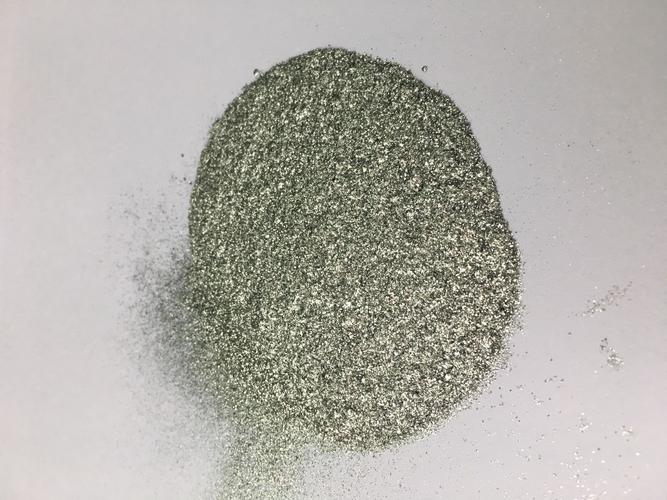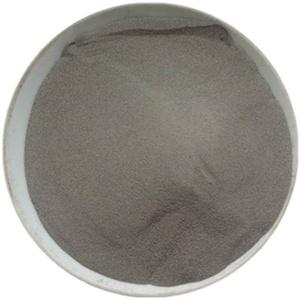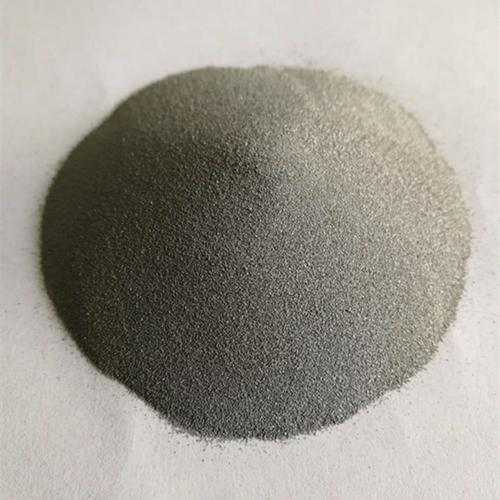Powder Coating On Flexible Metal? Forget Stiff and Brittle! Can Metal Bend Without Cracking Its Coat?
(Powder Coating On Flexible Metal?)
Picture this. You need something metal that bends, twists, or flexes regularly. Maybe it’s a sleek piece of furniture, a vital car part, or a fancy architectural detail. You want it tough, beautiful, and protected. Powder coating seems perfect. It gives that amazing, durable, colorful finish everyone loves. But wait. Doesn’t powder coating bake into a hard shell? Won’t it just crack and flake off the first time the metal moves? It’s a fair question. Many people think powder coating and flexible metal just don’t mix.
Here’s the thing. They actually can work together. It just needs the right approach. Standard powder coatings are designed for rigid objects. Think filing cabinets or bike frames. They form a tough, protective skin. This skin is fantastic on something solid. But bend that metal? The rigid coating can’t stretch. It cracks. It peels. It fails. That’s why the old question pops up: can flexible metal *really* be powder coated successfully?
The answer is yes. But it demands special powders and careful work. The secret lies in the coating’s chemistry. Scientists developed special powder formulas. These powders contain resins that stay tough but also flex. Imagine a stiff rubber band versus a brittle twig. The flexible powder acts more like the rubber band. It can stretch a little when the metal underneath moves. It bends without shattering. This flexibility is key. It allows the coating to move *with* the metal, not against it.
Preparing the metal surface is also super important. Maybe even more so than for rigid parts. Any dirt, oil, or rust hiding on the metal is bad news. It weakens the bond. When the metal flexes, a weak bond means the coating pops right off. So, the metal must be absolutely spotless. It needs thorough cleaning. Often, it needs chemical treatment too. This creates a surface the powder can really grip onto. Think of it like scrubbing a floor before waxing. You need a clean base.
Getting the coating applied evenly matters a lot. Every nook and cranny needs good coverage. Thin spots become weak spots. They crack first under stress. Skilled applicators use techniques to ensure an even layer over the whole part. Then comes the baking. The temperature and time must be exact. This melts the powder. It triggers the chemical reaction that makes it cure. Get it wrong, and the coating might not develop its full flexibility or strength.
(Powder Coating On Flexible Metal?)
So where do you see this magic in action? Look around. Many car parts under the hood flex constantly due to engine vibration. Flexible powder coatings handle it. Office chairs bend and twist all day long. Their metal frames often wear flexible powder coats. Outdoor equipment faces weather and movement. Flexible coatings protect it. Even some sporting goods rely on it. The technology is real. It solves the puzzle of protecting metal that won’t sit still. Next time you see a bent metal piece with a flawless finish, you’ll know. It wasn’t magic. It was smart science and careful work.
Inquiry us
if you want to want to know more, please feel free to contact us. (nanotrun@yahoo.com)


